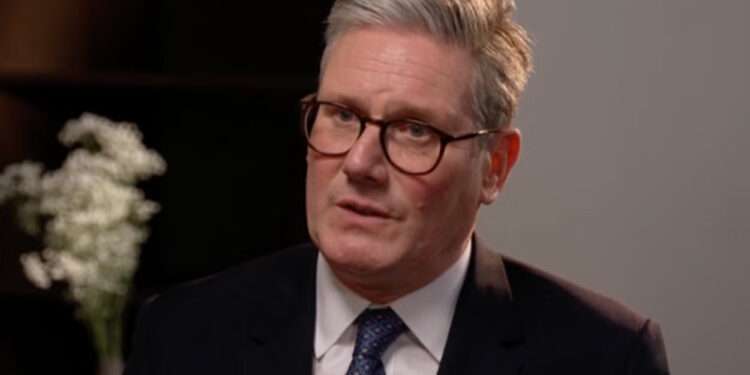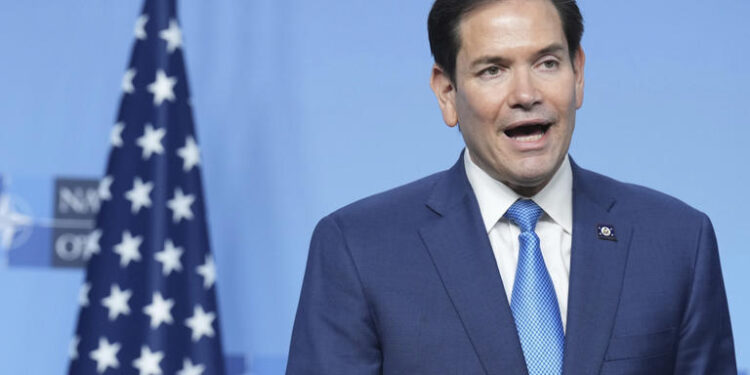The Bank of Ghana’s (BoG) bold 300 basis point reduction in the policy rate — the steepest in recent history — has been hailed as a significant step towards economic revitalization.
However, renowned economist Professor Patrick Asuming has cautioned that this move is unlikely to bring substantial relief to borrowers, as banks remain cautious due to structural issues such as high non-performing loans (NPLs) and a persistent culture of risk aversion in the banking sector.
At its July Monetary Policy Committee (MPC) meeting, the BoG slashed the benchmark policy rate from 28% to 25%, reflecting growing confidence in Ghana’s disinflationary trend and overall macroeconomic stability.
Inflation dropped to 13.7% in June — its lowest level since December 2021 — and the cedi has shown signs of resilience, supported by tighter fiscal controls and improved foreign inflows. Governor Dr. Johnson Asiama described the move as “supportive of economic recovery while ensuring financial stability.”
The central bank hopes that lowering the cost of borrowing will stimulate private sector activity, particularly for small and medium-sized enterprises (SMEs) and consumers. Yet, Professor Asuming argues that the intended transmission mechanism may not work as planned, especially in the short term.
Lending Rates Likely to Remain Sticky
Professor Asuming, an economist at the University of Ghana, was quick to downplay the possibility of a direct correlation between the 300-point rate cut and a substantial decline in commercial banks’ lending rates.
“Every time you see a 100 basis point cut in the policy rate, directly you should see about a 40 basis point reduction in the Ghana Reference Rate. So with a 300 basis point cut, we should expect about a 120 basis point reduction in the Ghana Reference Rate.”
Professor Patrick Asuming
While this drop in the reference rate offers some room for maneuver, Professor Asuming insists it won’t translate into widespread lending rate cuts. “The broader credit environment still hinges on how banks assess risk. Lending rates are not only determined by the Ghana Reference Rate but also by the risk premium banks assign to individual borrowers,” he noted.
High NPLs and Risk Aversion Cloud the Outlook
At the core of banks’ reluctance to lower lending rates lies the sector’s struggle with high levels of NPLs. According to recent data from the BoG, NPLs remain elevated, suggesting a significant proportion of borrowers are unable to meet repayment obligations. This makes banks hesitant to issue new credit or reduce interest rates without compelling reasons.
“Non-performing loans are still very high and I am sure the banks will be more cautious,” Professor Asuming emphasized. “Maybe for more credit-worthy customers there might be some substantial cut in their lending rates, but for the broader market, don’t expect sweeping changes.”
This conservatism is further intensified by lingering post-DDEP (domestic debt exchange programme) effects, which eroded capital buffers and left many financial institutions recalibrating their risk exposure.
Interbank Market Offers Limited Cushion
Professor Asuming also highlighted the indirect channels through which the policy rate cut could influence lending rates, notably via the interbank market. As the cost of interbank borrowing falls, liquidity improves, and banks may have more flexibility to offer competitive rates. However, he noted that these effects are typically marginal and take time to materialize.
“There is also an indirect impact of the policy rate through the interbank market. Usually, you will see some reduction in interbank rates, which can provide a feedback effect on the Ghana Reference Rate. But again, that’s not enough to spark a broad-based lending rate cut.”
Professor Patrick Asuming
While the BoG has done its part by easing monetary policy, the broader lending environment demands more comprehensive reforms. Analysts believe that reducing NPLs, strengthening credit risk assessments, and encouraging banks to lend more to productive sectors — especially SMEs — will be crucial in unlocking the full benefits of monetary easing.
The central bank, for its part, is not turning a blind eye. Governor Asiama noted that “despite the policy rate cut, there are still underlying risks which the Central Bank will be monitoring keenly,” and added that the BoG stands ready to make further policy adjustments as needed.
As Professor Asuming warns, “Don’t expect cheaper loans just yet.” The journey toward affordable credit, it appears, still requires more than just rate cuts — it needs a deeper transformation of Ghana’s banking sector.
READ ALSO: New BoG Reporting Requirements for Remittance Inflows Take Effect Today



















